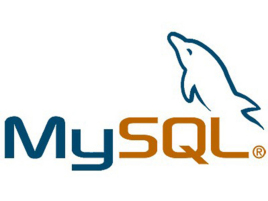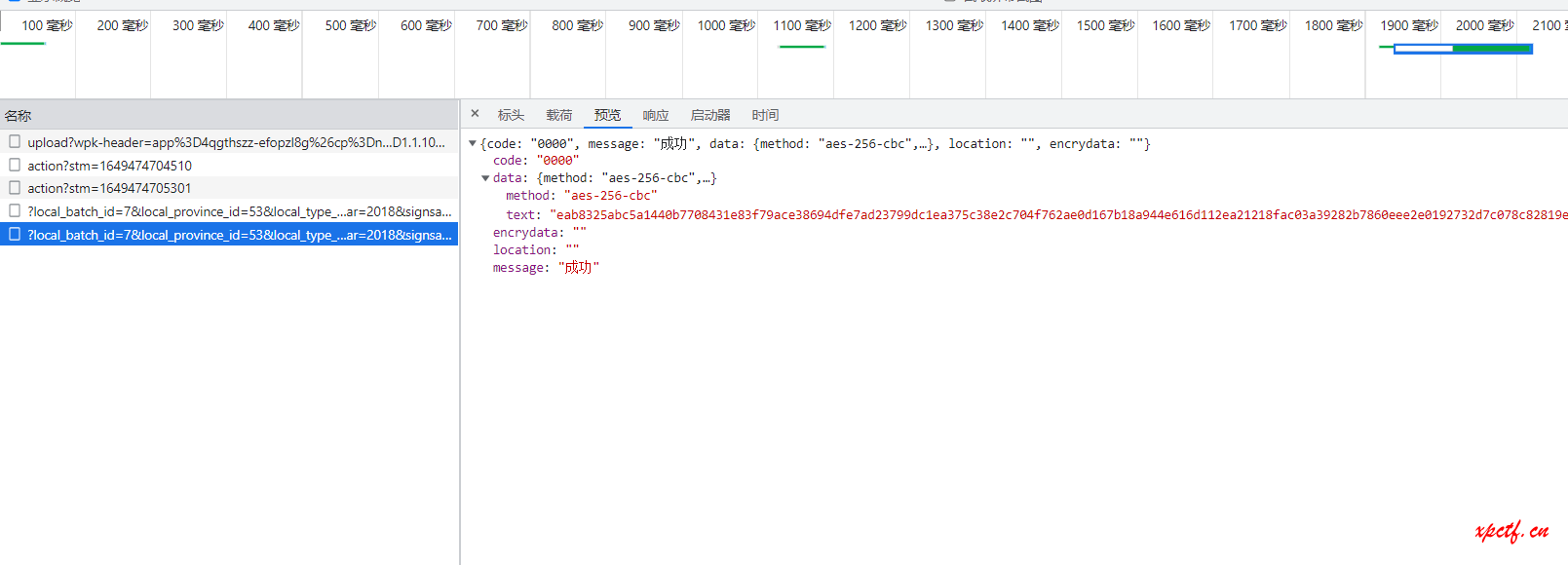SQL基础学习笔记
个人在学习SQL过程中的笔记,使用Mysql围绕数据库增、删、改、查学习
一、增
使用 CREATE 增加
1.创建数据库(Root)
CREATE database 数据库名;
2.创建数据表
CREATE table 表名(字段名1 字段类型,字段名2 字段类型);
1 | CREATE TABLE IF NOT EXISTS `runoob_tbl`( |
3.插入数据
3.1 标准形式
insert into 表名 (列名1,列名2,…..列名n) values(值1,值2,….值n);
insert into user(username,password) values(‘test’,’test123’);
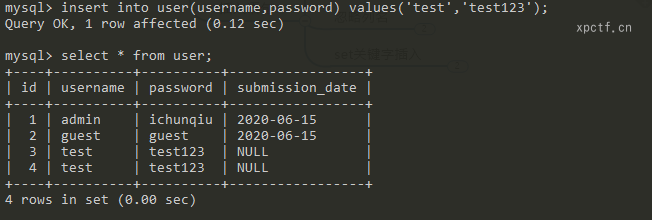
3.2 忽略列名
忽略列名必须列名和值对应,否则报错。
insert into 表名 values(值1,值2,….值n);
insert into user values(‘test’,’test123’);
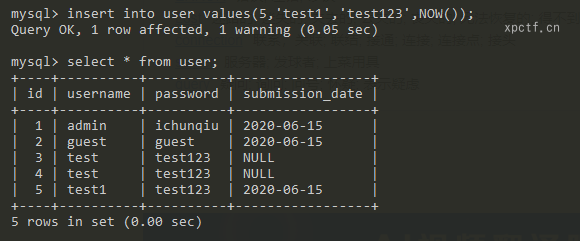
3.2 set关键字插入
insert into user set 列名1=值1,列名2=值2,列名3=值3;
insert into user set username=’test3’,password=’test123’;
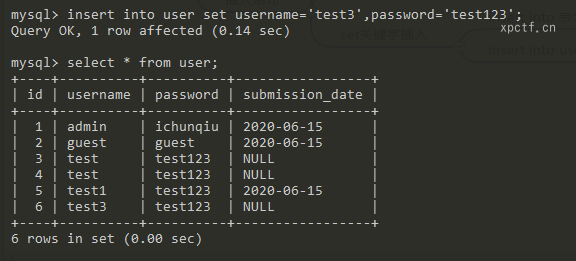
二、删
使用DROP删除数据
1.删除数据库(Root)
drop database 数据库名;
2.删除数据表
DROP TABLE 表名;
3.删除数据
3.1 删除一行
delete from 表名 where 列名=值;
delete from user where id=4;
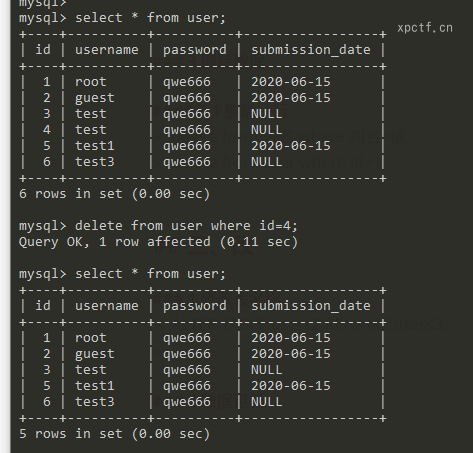
3.2 删除多行
delete from 表名 where 列名 in (开始,结束);
delete from user where id in (4,5);
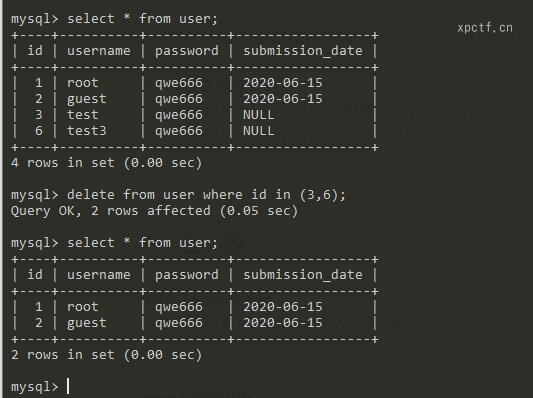
3.3 删除所有
delete from 表名;
delete from user;
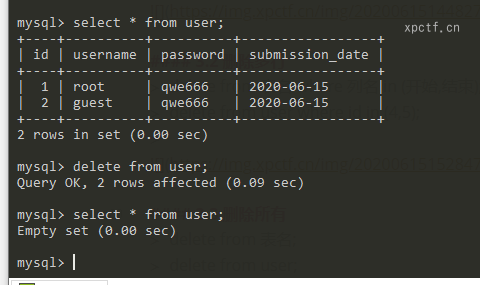
三、改
1.修改表名称
ALTER TABLE users2 RENAME users3;
2.数据更新
2.1 基本格式
update 表名 set 列名=值 whrer 列名=值;
update user set password=’qwe123’ where username=’admin’;

2.2 修改多列
update 表名 set 列名1=值1,列名2=值2,列名n=值n whrer 列名=值;
update user set password=’qwe123’ ,uesrname=’root’ where username=’admin’;

3.3 忽略条件
该语句会更新当前表得所有列的值,一般很少用。
update 表名 set 列名=值;
update user set password=’qwe666’;
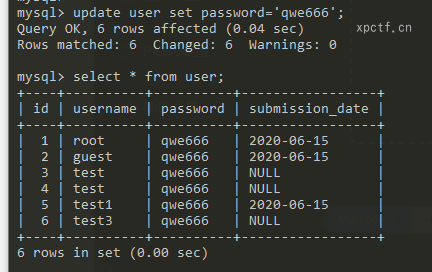
四、查
1.基础查询
select 列名 from 表名;
select username from user;
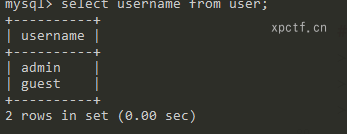
2.查询多列
select 列名1,列名2 from 表名;
select username,password from user;

3.查询所有列
seletc * from 表名;
select * from user;

4.条件查询
select 列名 from 表名 where 列名=xx;
select * from user where username=’admin’;

五、PHP操作MySQL
1.MySQL和MySQLi的区别
- MySQL是非持久连接,MySQLi是持久连接
- MySQL不支持多语句执行,MySQLi支持多语句执行
- MySQL不支持面向对象,MySQLi支持面向对象
2.MySQL
1 |
|
3.MySQLi面向过程
1 |
|
4.MySQLi面向对象
1 |
|
5.MySQLi多语句执行
1 |
|
